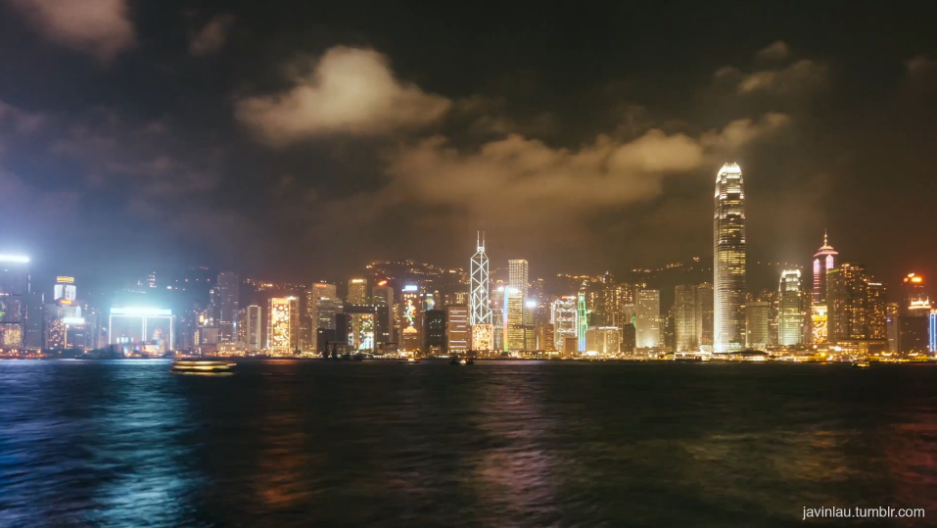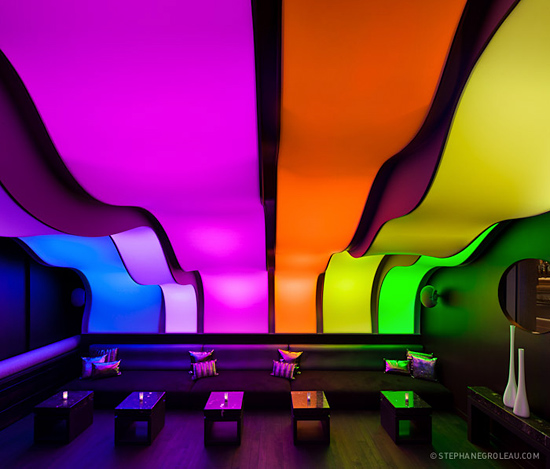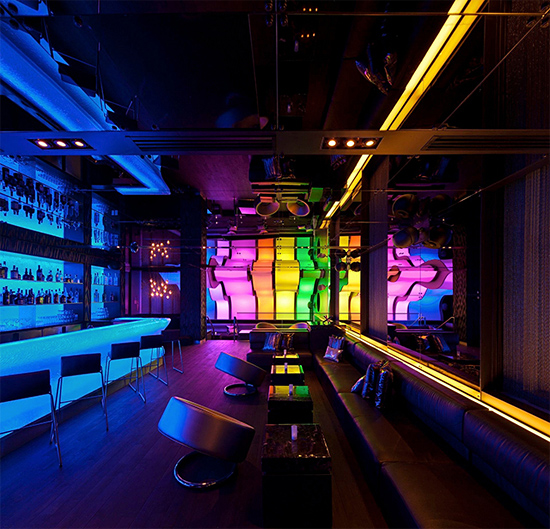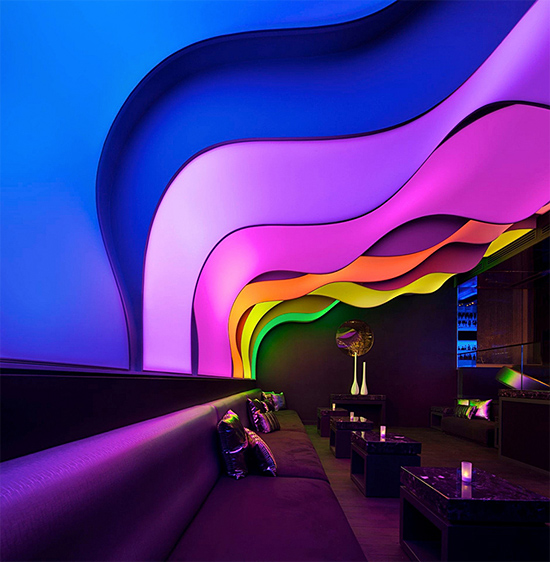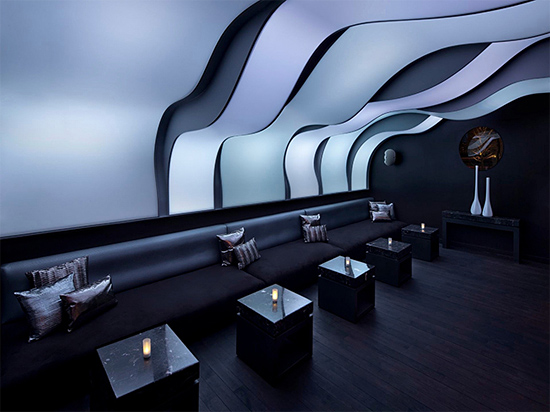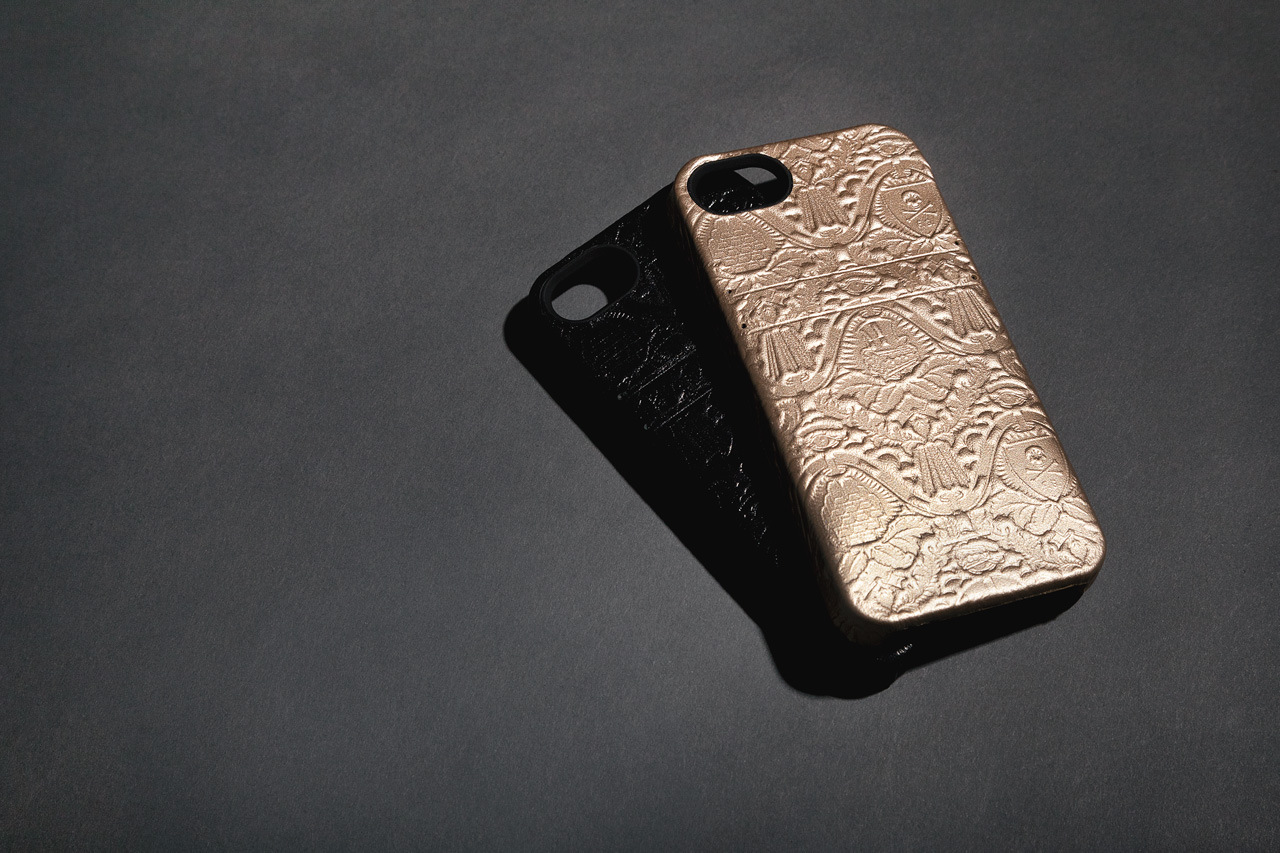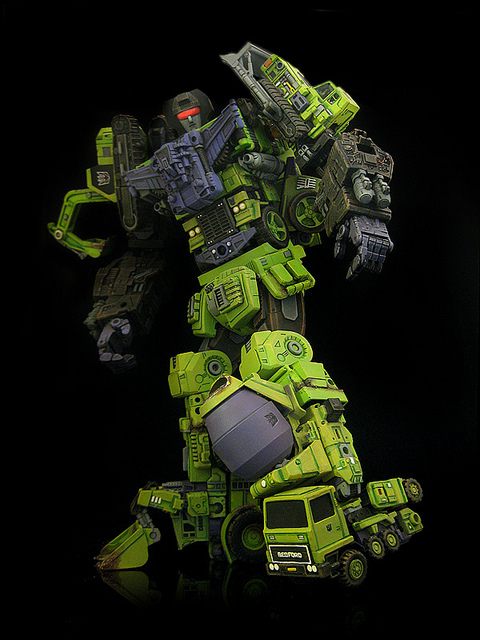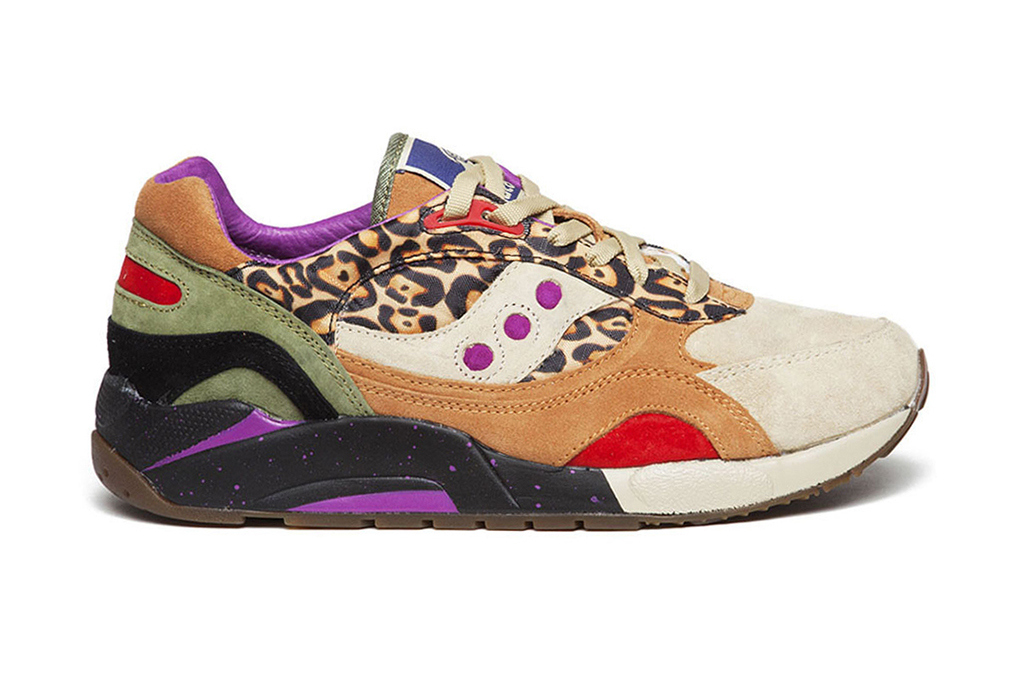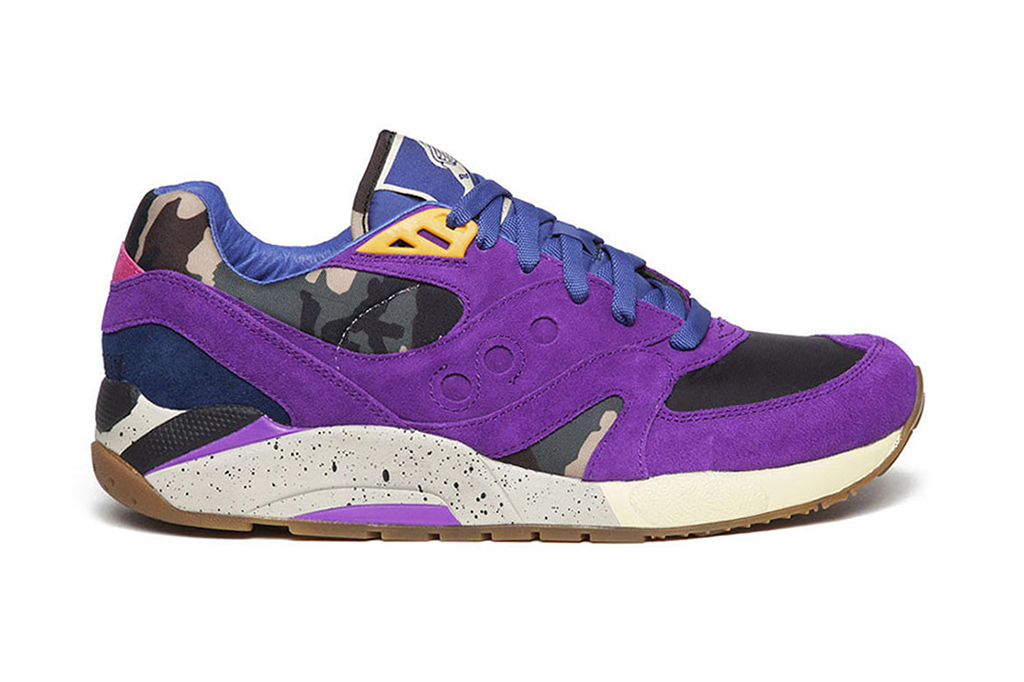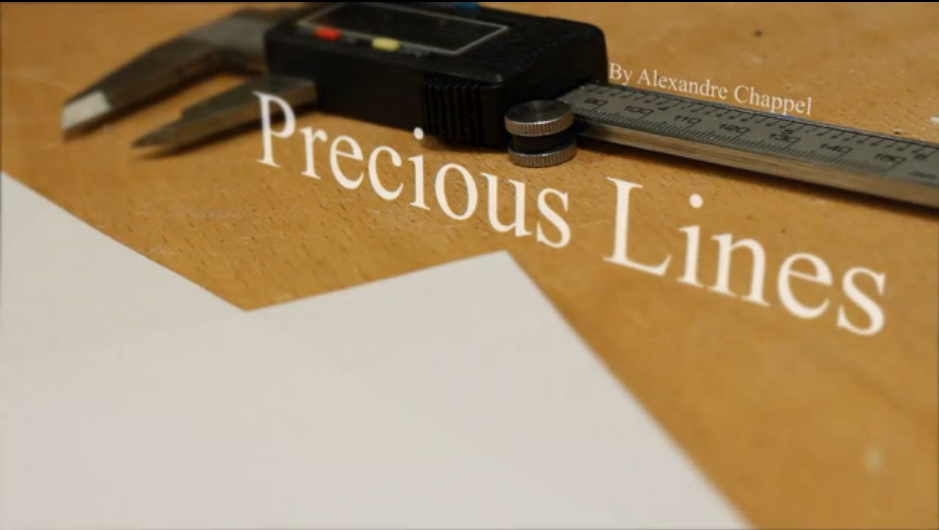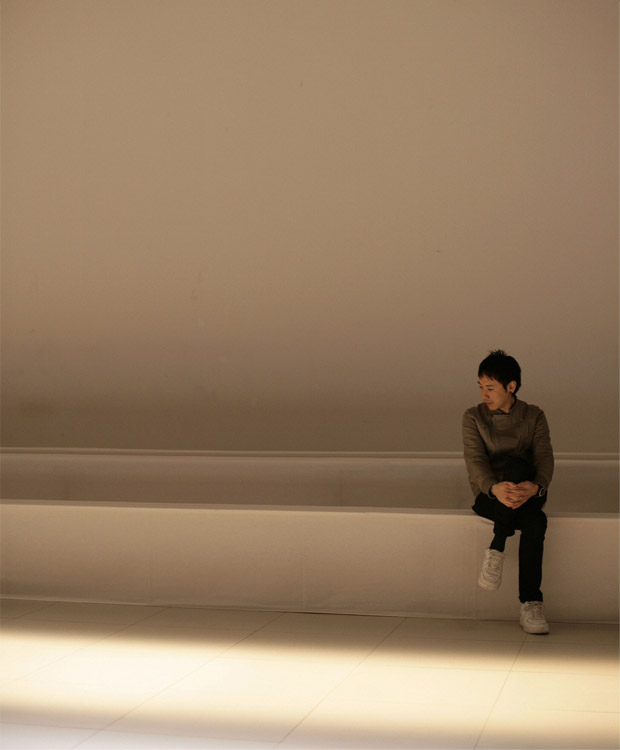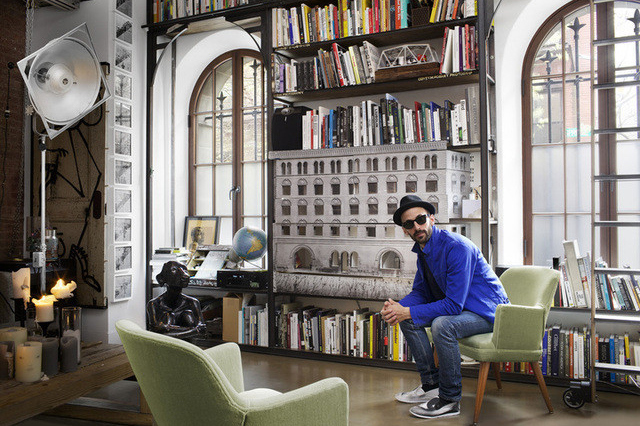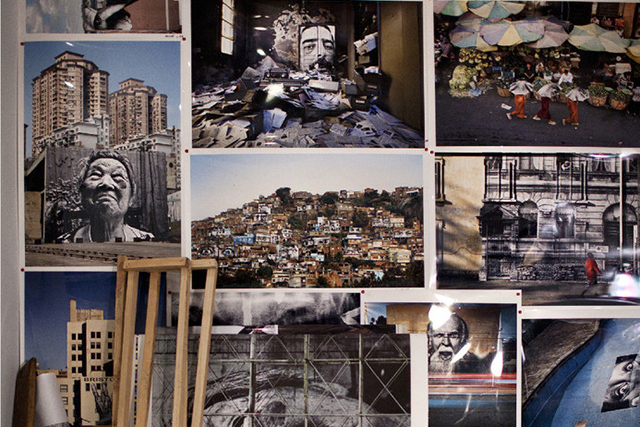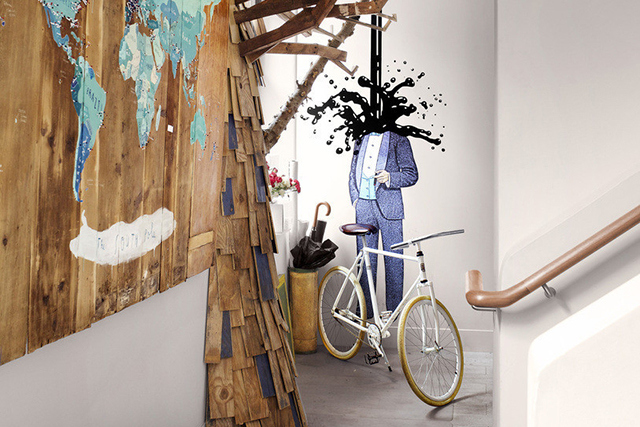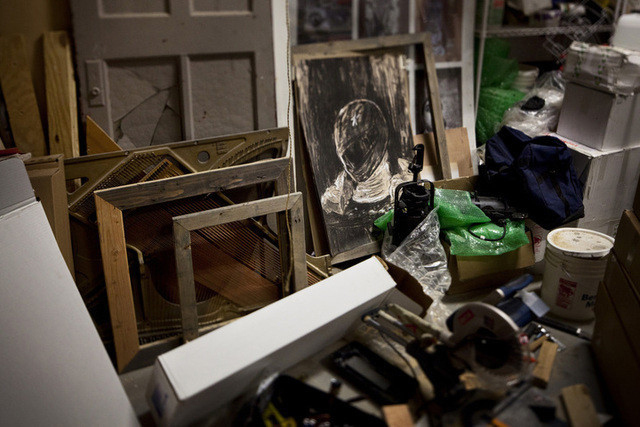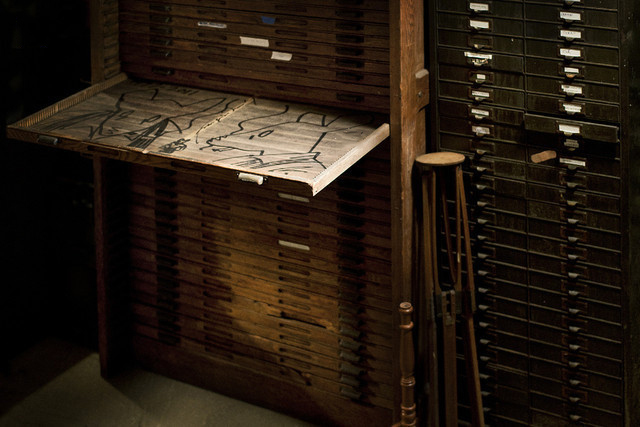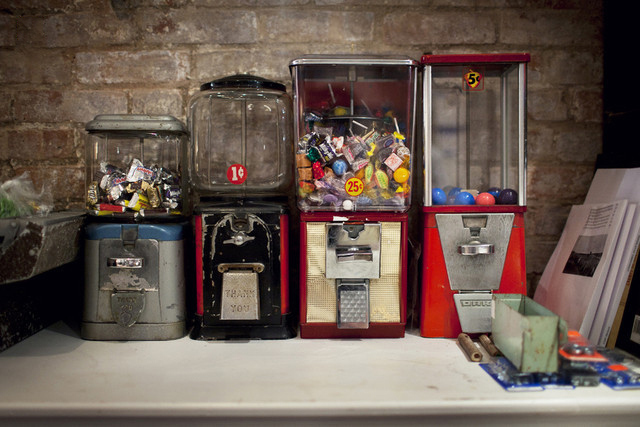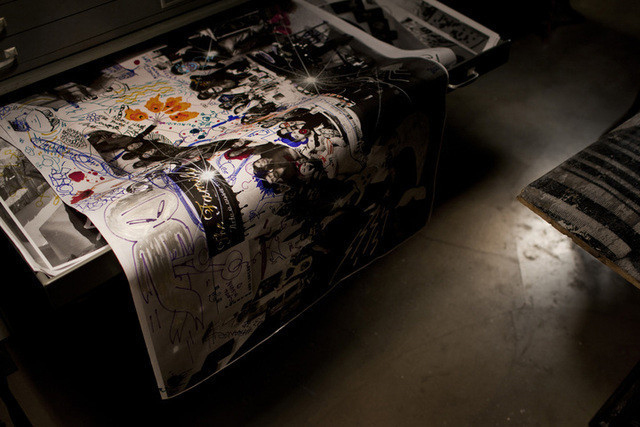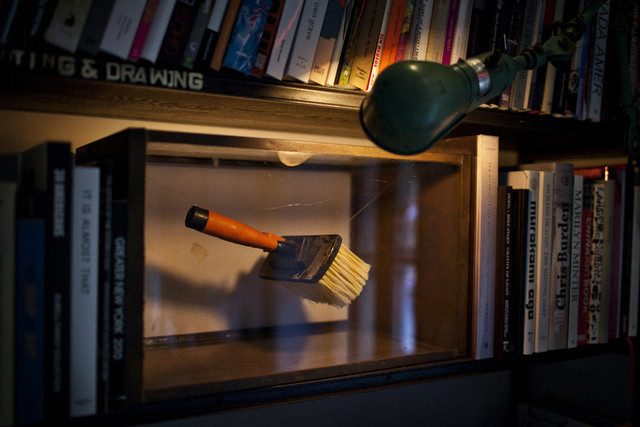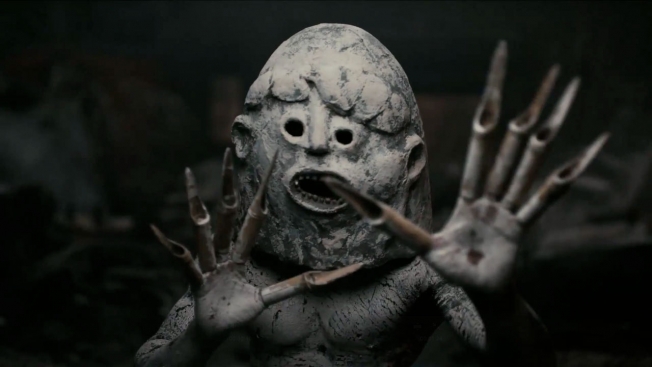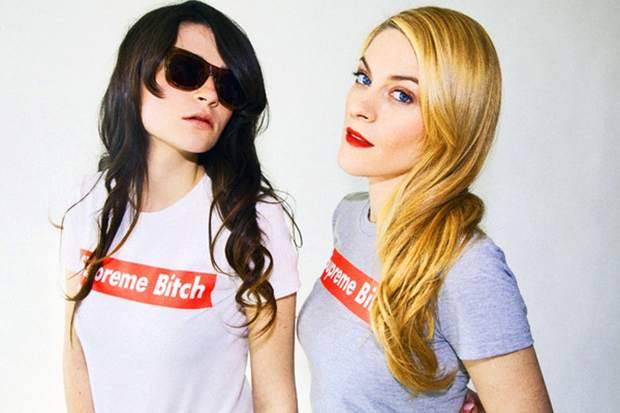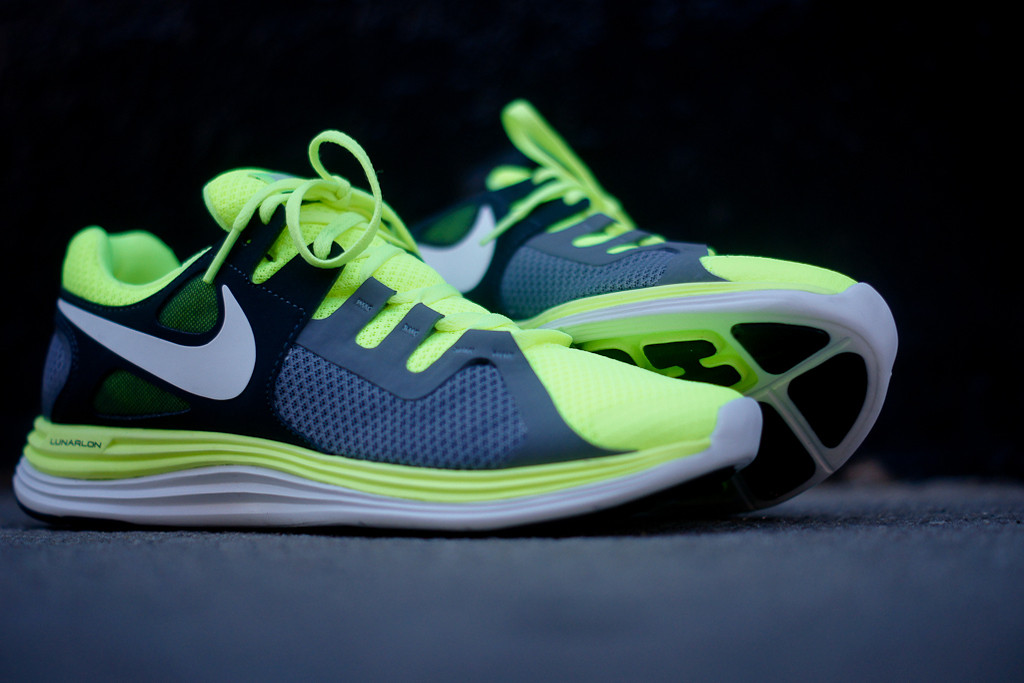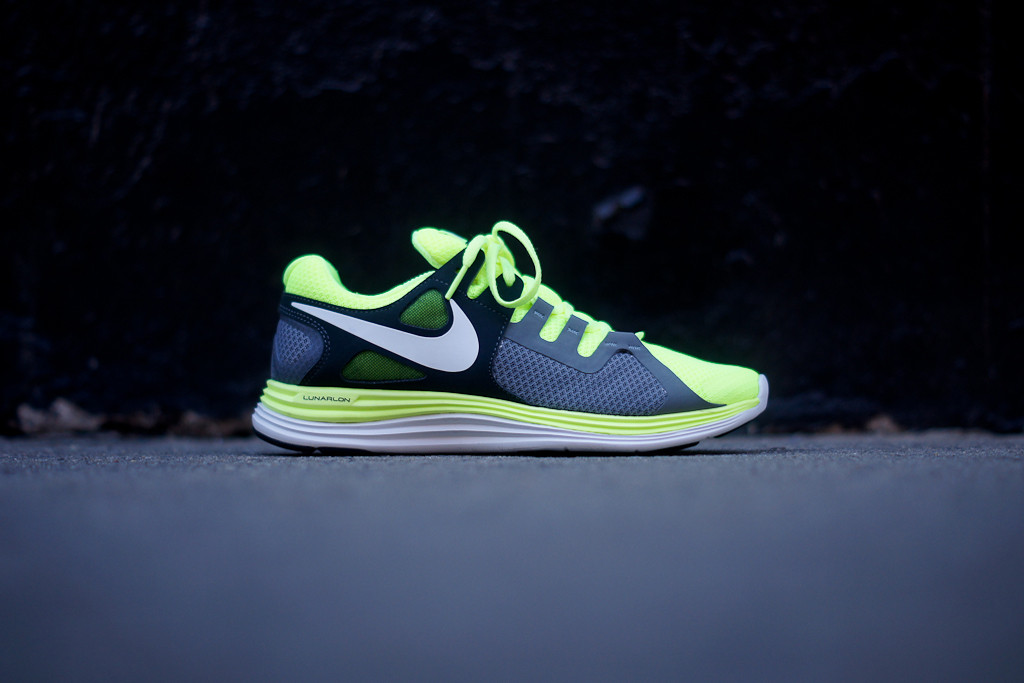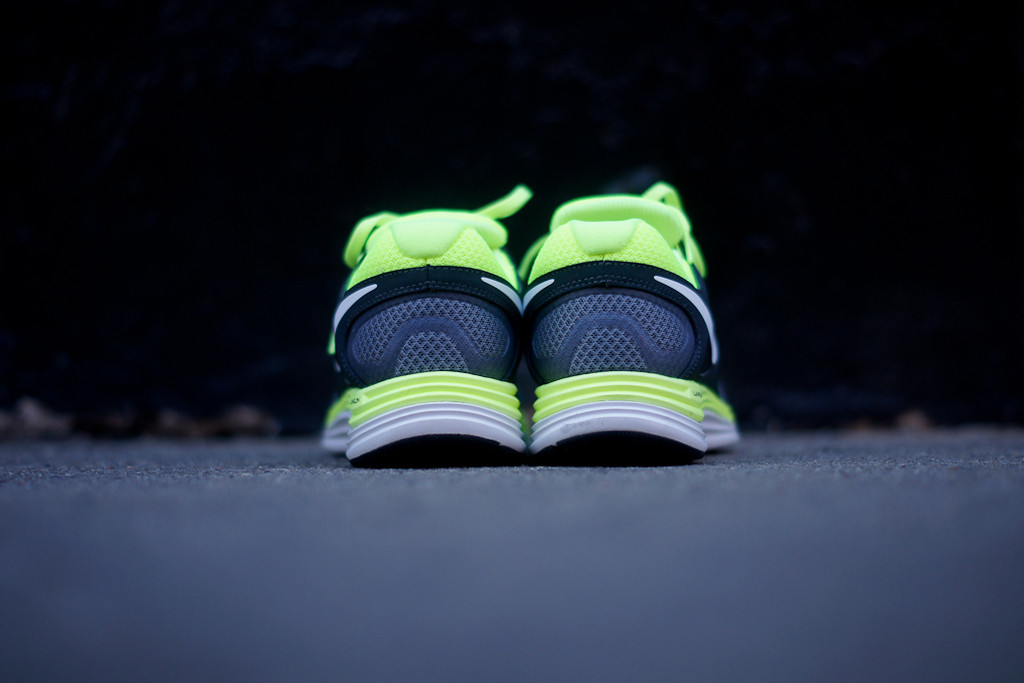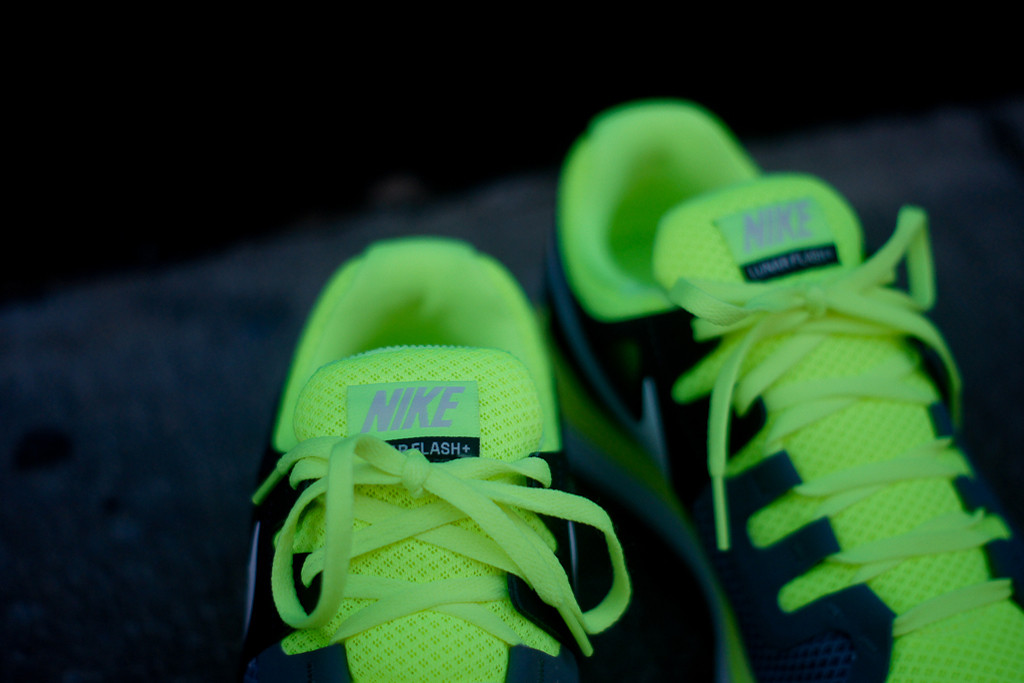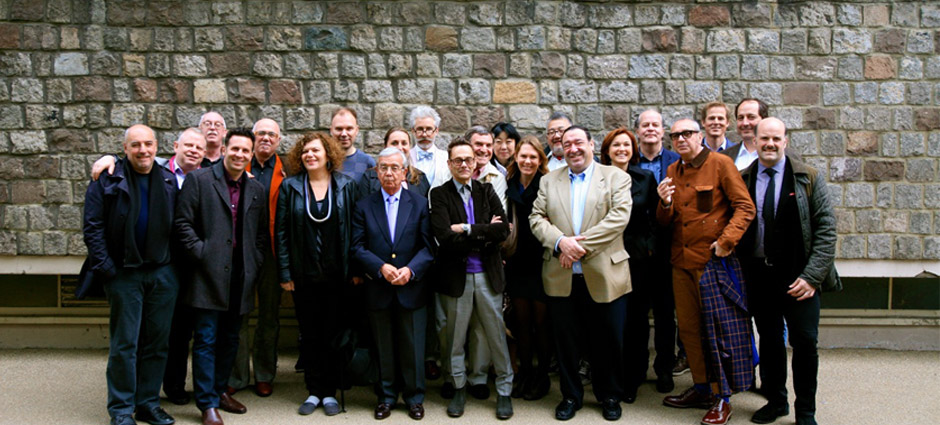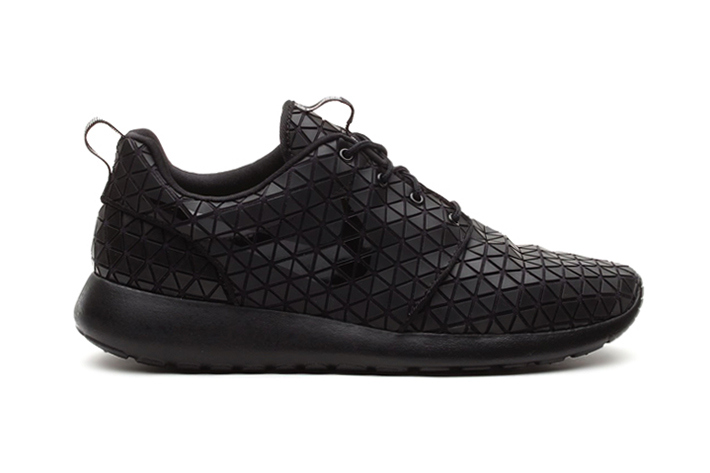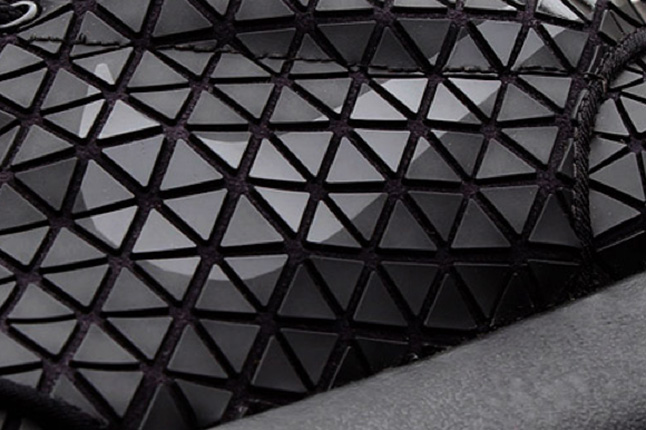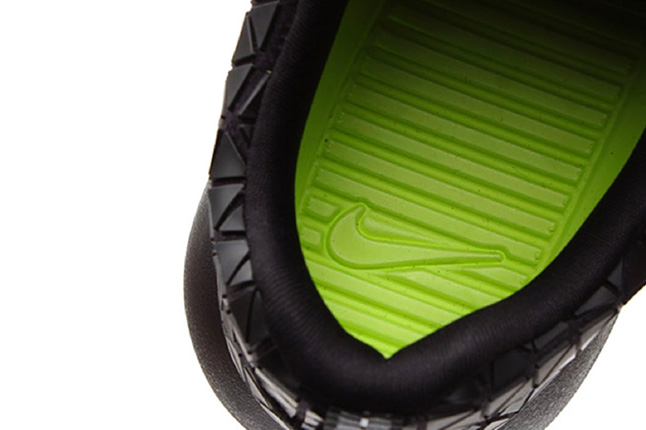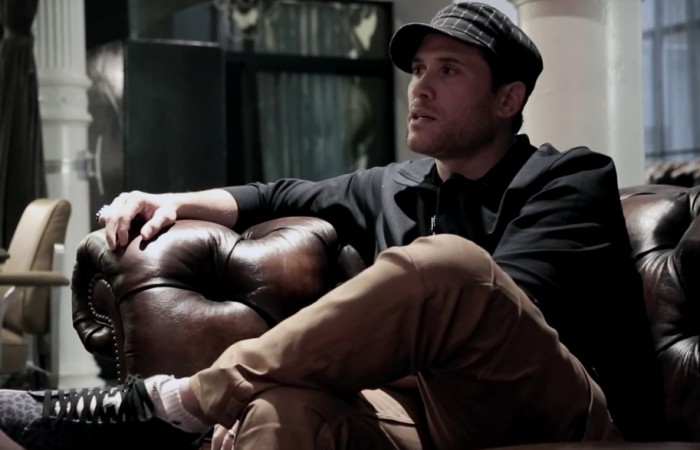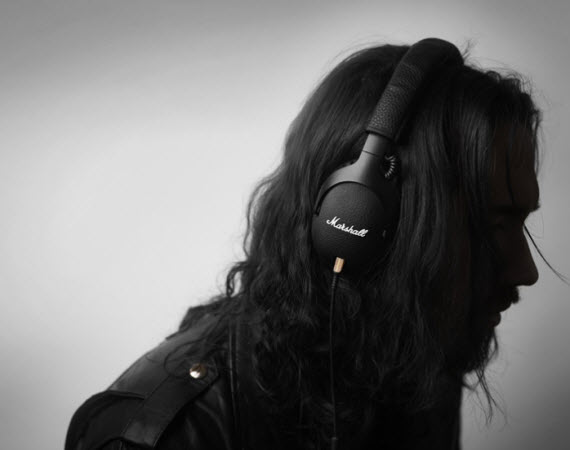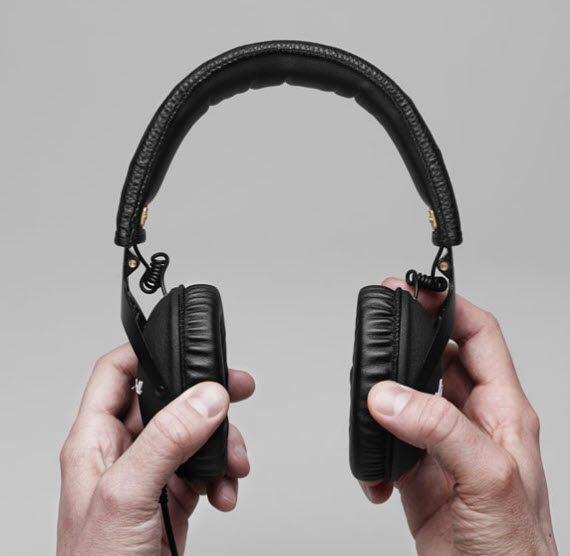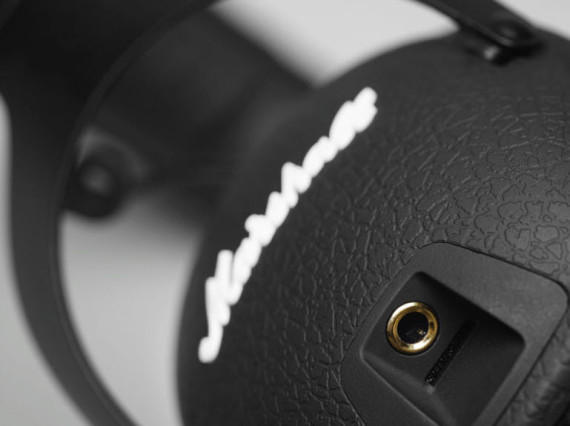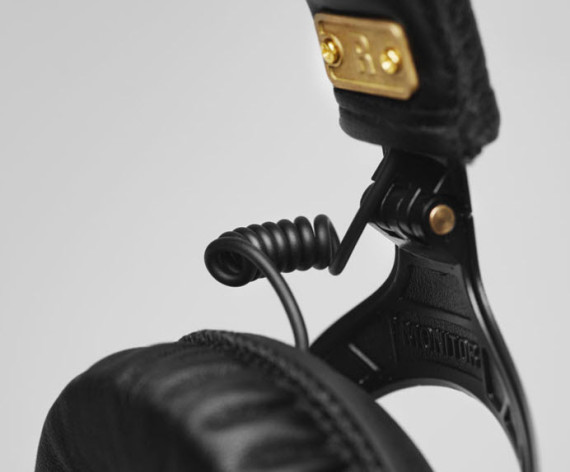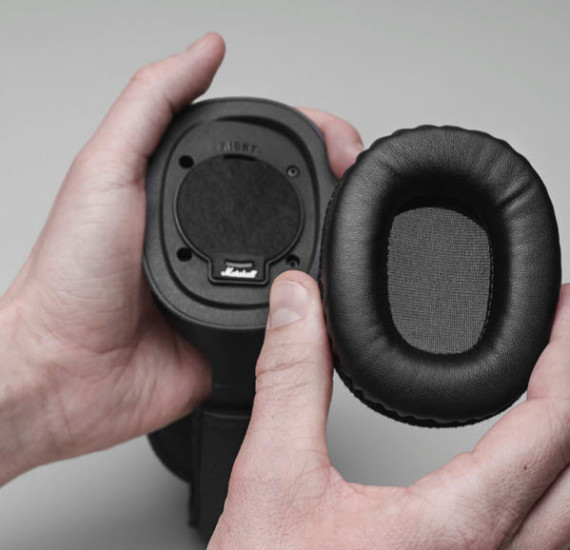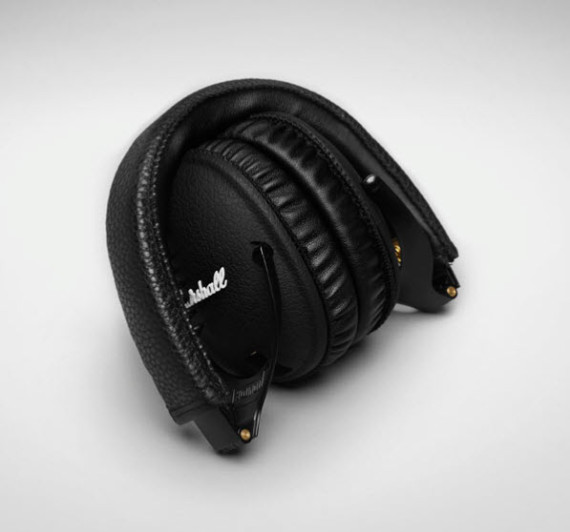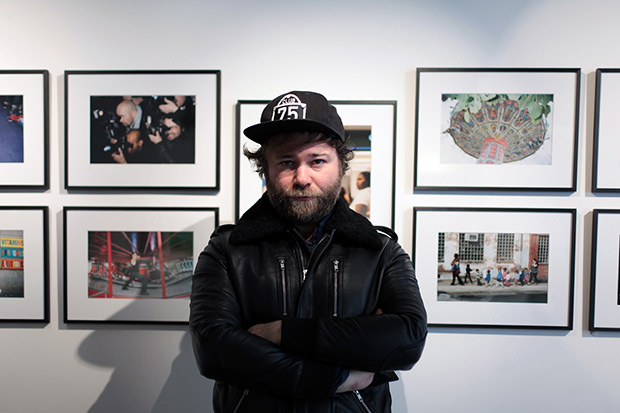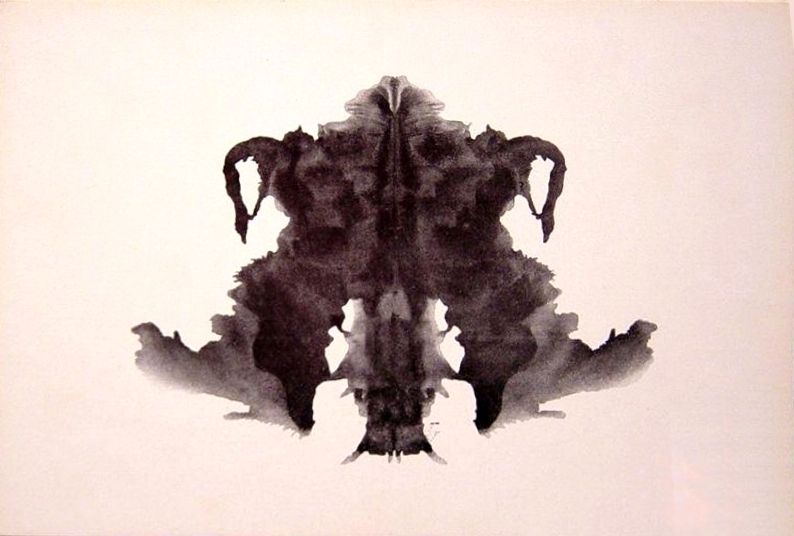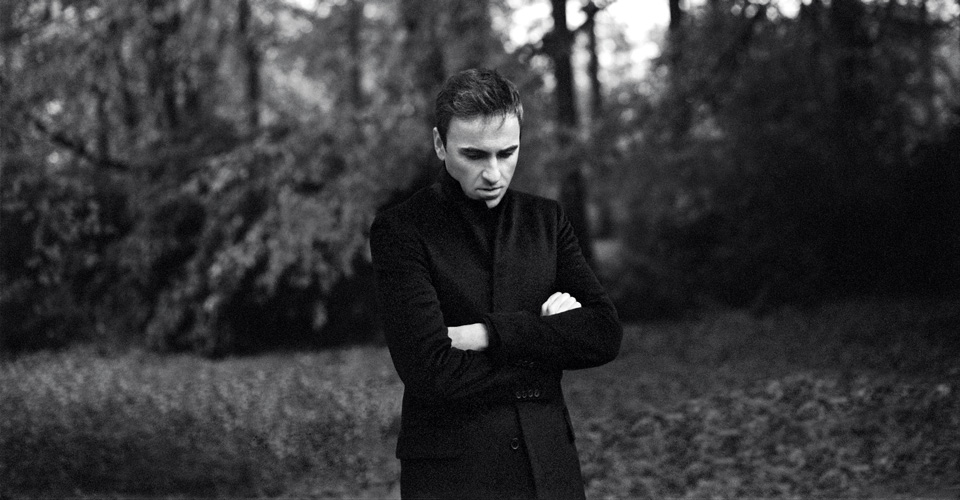Category Archives: DESIGN
Hong Kong is Home: by Javin Lau
Hong Kong is Home.
From Javin Lau –
“I remember when I first arrived in Hong Kong almost a decade ago, I felt like I had walked into an actual movie set. It was a place that I had only seen on TV as a kid, with its strange red taxi’s, odd stop lights and driving on the other side of the road.
My intent with this project was to illustrate the grandeur of Hong Kong that most people would never get to see. When I had recently watched the movie Oblivion, it had somehow starkly reminded me of Hong Kong, with the feeling of being so insignificantly small — almost irrelevant to my surroundings. Hong Kong is an unbelievably dense city, where much of the world can be accessed at your fingertips. But in a city where you can access the material world in a matter of seconds, it also has the ability to isolate you from the 8 million people around you as well.
With this piece, I hope that you are able to engage in this contradiction.”
—
Track: M83 – Waking Up
Inspiration: Oblivion Movie
Wunderbar Lounge Montreal by Peter Chase
Located inside the W Hotel in Montreal, the Wunderbar Lounge is a space created by BPC, a hospitality development and management company.
The design is inspired by the four seasons and boasts vivid colors and beautiful lighting effects.
Photos by Stephane Groleau.
Fool’s Gold x HEX Leather Solo Wallet iPhone Case
Selfie in style! We’re proud to announce that Brooklyn’s own indie powerhouse Fool’s Gold Records has teamed up with us for a limited-edition collection of iPhone 5 cases. Based off our best selling Solo Wallet (a custom molded iPhone 5 shell with integrated card slots and camera hole), this slim, protective case comes wrapped in genuine leather embossed with a unique all-over print design based on the bespoke wallpaper from Fool’s Gold’s Williamsburg storefront.
Bodega x Saucony Elite G9 2013 Spring/Summer Collection
It was only a couple of months ago that Bodega and Saucony released a collaborative Elite G9 collection and now the Boston retailer and the American shoe company are back at it with another round of Elite G9 models. Back again is the G9 Shadow 5 and this time it’s joined by the G9 Control in two new colorways. The G6, like the last time around, come in a bold colorway that mixes plenty of clashing colors along with leopard print for a look all its own. The first G9 Control colorway is predominantly grey with hits of navy, purple and tan. The second G9 Colorway, a Bodega-exclusive, features a predominantly purple make-up with black, navy, orange, and camo elements along with a speckled and beige midsole. Dubbed the “Captain Purp” colorway, just 85 pairs will be released. Look for all three colorways in-store and online on May 4.
The Beauty of Crafting Your Own Pen
They say the journey of a thousand miles begins with a single step. Accordingly, making the first comfortable marks with a good pen is an irreplaceable feeling to many – the initial steps toward creating something beautiful. Alexandre Chappel might know this better than anyone, as he guides viewers through the process of making his own pen in the above video. Here we find an assortment of brass, steel, and aluminum parts forged together to create the perfect writing instrument. Something about this video makes your average supplies store pen pale in comparison, and is sure to stir the creative juices within all of us.
UNDERCOVER Jun Takahashi on the Importance of Punk
An old rock quip has it that only a few thousand people bought The Velvet Underground’s first record, but every one went out and formed a band. (It’s most often attributed to Brian Eno, but as it turns out, it’s apocryphal.) But you could say something similar about Seditionaries, the fashion line punk impresarios Malcolm McLaren and Vivienne Westwood created and sold out of their King’s Road shop in the seventies. For aspiring punks and aspiring designers both, Seditionaries was hugely influential. Its admirers and adherents were often moved to design punk garb of their own, and few were moved more than Jun Takahashi, who absorbed the lessons of the line and used them to create his own cult label, Undercover.
Takahashi and his friend and collaborator, Hiroshi Fujiwara, also scoured Tokyo for vintage Seditionaries pieces, eventually amassing a collection impressive enough that they published it as a limited-edition book (emphasis on limited). Here, Takahashi speaks with Style.com about punk rock and punk fashion and his enduring love of Westwood and McLaren’s creations, and also shares a few glimpses between the covers of the impossible-to-find Seditionaries book.
Tell me a little bit about your early experiences with punk music as a teenager and a young man in Tokyo. What does punk mean to you? Has that meaning changed over time?
I encountered punk rock in my early teens. To me, punk means a spirit unrestrained by conventional ideas, a spirit of rebelliousness, nihilism…things like that. I think it is a very humane way of thinking and living. This meaning hasn’t changed at all as I get older.
Vivienne Westwood and Malcolm McLaren’s line Seditionaries had a lot to do with establishing the punk look as we now know it, and I know it has had a strong influence on you. You’ve said in the past it was one of the collections that inspired you to begin making womenswear, and you and Hiroshi Fujiwara gathered your collection of Seditionaries pieces to make a book that’s now a sought-after rarity. What spoke to you about the Seditionaries collection when you first encountered it? What did it do differently from other fashion collections?
Until I encountered the genuine Seditionaries, I had thought punk fashion was just destructive, but when I looked at the clothes of the real Seditionaries, I had a tremendous shock, because they were very elegant and sophisticated. Still, destructive and erotic elements were merged in a sophisticated way. It was soul-shaking, because these conflicting elements fused together and came into existence in an exquisite balance.
Tell me about the process of creating the book. Why did you decide to make it, and how did it come to be? How did you begin collecting the Seditionaries pieces that eventually went into the book? Are you still collecting?
Hiroshi and I had been collecting Seditionaries pieces since old times. In Tokyo there were shops carrying vintage Seditionaries items. So, as we saved up money, we purchased items there or asked collectors to give us some, and like this we collected pieces little by little over many years. We thought that our vast collections should be compiled and released in a photo book with no text, in a stoic manner, so we published it, because we think these collections were worth handing down to future generations. To my regret, most clothes which are out there in the market now and labeled Seditionaries are fake, so we [haven’t] collected any recently.
Do you have favorite pieces, or pieces that are especially meaningful to you?
Some of my favorite items are anarchy shirts and parachute shirts. They are among the rare shirts in which representative items of Seditionaries unite. [But] there are many more I like.
The book is now so rare that when one of London’s premier vintage-book dealers got ahold of a copy, they put up photos online to prove that it actually exists. Was it intentionally made so limited?
We didn’t make the book rare intentionally. Because we published it at our own expense, it is natural that the number of copies of the book was limited.
You’ve had the chance to work with, or at least to be in contact with, many of the designers who inspire you: Rei Kawakubo of Comme des Garçons, Martin Margiela. Have you had a similar relationship with Westwood or, before he died, McLaren? Would you want to?
Somehow, I didn’t think I wanted to collaborate with [those] two. But when a fashion show was held in Tokyo in 1990, where pieces by Vivienne Westwood were gathered together by collectors, I somehow happened to appear in that show. I was a student at that time—I was invited because I looked like Johnny Rotten, the vocalist of the Sex Pistols. Vivienne Westwood visited Japan for the show. For some reason, when she was going to take a bow at the finale, she picked up my hand and brought me down to the end of the stage. I remember greeting the audience with her. I was very delighted. Also, a photo book of Seditionaries in my possession has the signature of Malcolm McLaren in it.
It’s often said that your collections are “punk.” Do you think that Undercover embodies, in some way, the spirit of punk? How so? Or have journalists over the years overstated the point?
It’s just fine that people say my collections are punk, because punk is indeed a basic part of myself. As I said, the “exquisite merger of two conflicting elements” that I felt from Seditionaries clothes obviously constitutes the core of the design of Undercover. But if my collection is viewed simply as punk, it is a bit regrettable.
Are there any other designers working who you think work in the punk spirit?
There are many. The designers who inspire me all have a punk spirit.
What do you think it is that attracts the fashion world to punk? It’s a reference that’s returned to time and again. Is it a reference you feel is rightly used?
I don’t think there is right or wrong in punk fashion. Everyone can freely incorporate its essence by expressing what he or she thinks of as rebelliousness in fashion.
After several seasons off the calendar, you showed your Fall 2013 women’s collectionin Paris this season. Why did you choose to return to the runway now?
We Japanese are starting again, following the great earthquake two years ago. I also sustained a psychological scar due to the disaster. But from rock bottom we have to turn things around. Now is exactly this time. My return to the Paris collection is the manifestation of this. The means happened to be the runway. I always work and express my ideas along with the flow of my mind. I am full of feelings that I will give it a go again.
What was your reaction to the Met’s announcement that Punk will be the theme of this year’s Costume Institute exhibition? Does punk belong in a museum? Or is such an exhibition a confirmation of what many old punks are fond of saying—that punk is dead?
I didn’t have a particular feeling about the announcement. I think the element of punk has a significant meaning for human beings as one of their means of expression, so I believe punk can proudly belong in a museum as a work of art. I think most people who say that punk is dead have moved into the next step while keeping a punk spirit at their base. The spirit will live on in me until I die.
Artsy Takes Us Inside JR’s New York Studio
Artist of the moment JR is a very busy man. Whether it’s working with José Parlá in Cuba, exhibiting in Japan, or taking his Inside Out project around the world, JR is a man who is constantly on the run. So when Artsy was given the chance to catch the elusive artist in his New York City studios, it was a no-brainer. Likened to Andy Warhol’s Factory, JR’s expansive studio spans multiple floors and houses, among other things, an ever-growing library, a treehouse, a “tree,” a collection vintage candy machines, and artwork at every turn. The studio also serves as a guesthouse for a revolving cast of friends and artists, each one leaving their indelible mark on space. Check out the pics for yourself and read the full piece over at Artsy.
LAND ROVER DEFENDER LXV SPECIAL EDITION
Land Rover introduces the LXV Special Edition of the coveted Defender as part of the 65th anniversary celebrations of the rugged SUV. The design is derived from the original Defender Hard Top, with a 2.2 liter diesel engine and a a six-speed manual transmission – capable of 120 hp and 265 lb-ft of torque. Elements that make this a unique design is the “LXV” logo and orange contrast stitching throughout the interior applied to the luxurious leather used throughout while the exterior features a Santorini Black paint job with contrasting Corris Grey accents, further contrasted by the 16-inch Sawtooth alloy wheels.
Call of Duty: Ghosts
Call of Duty: Ghosts – There are those who wear masks to protect themselves. And there are those who wear masks to protect us all. See the world premiere of Call of Duty: Ghosts May 21st.
Supreme Sues Married To The Mob Over “Supreme Bitch” T-Shirt
Back in 2004 when Married To The Mob and its founder Leah McSweeney conceived its original “Supreme Bitch” for the brand’s first collection, it was a commentary within the streetwear landscape so often dominated by men. Since then, it’s become a hallmark of the brand almost 10 years later but has recently come under fire from Supreme and James Jebbia for what has been claimed as a design that “infringes his trademark rights.” The brand now faces a $10 million dollar lawsuit which will likely stir the pot of controversy as well as once again assess the current state of free speech and trademarks. Below is a note from McSweeney while the court document can be seen below.
As some of you may have heard, Supreme is suing me for $10 million over my “Supreme Bitch” design. I’ve been using this design since the first MOB collection in summer 2004. I even sold it as a tee at Union, a store owned and managed by Supreme’s founder James Jebbia, who gave the design his blessing. Now, he’s claiming that the design infringes his trademark rights.
Unlike some companies that blatantly rip-off other brand logos, Married To The Mob has always had its own identity and aesthetic by being an extension of my life experiences. I started this company when I was 22 and have come a long way without a piggyback ride from anyone.
Supreme Bitch is one design of many; one slogan of many. And the use of the design has always been to make fun of the misogynistic vibe of Supreme and the boys who wear it.
Bottom line is this: I don’t think Supreme should be able to squash free speech or my right to utilize parody in my design aesthetic. It’s one of the most powerful ways for me to comment on the boy’s club mentality that’s pervasive in the streetwear/skater world. The fact that Supreme is coming after MOB and me personally is just another example of the hostility that MOB — the first women’s street wear brand — has faced from Day 1. And it’s why the Supreme Bitch message is so important.
Civil liberties attorney Norman Siegel agreed to take my case and act as co-counsel along with Edward Rosenthal of Frankfurt Kurnit Klein & Selz PC, a law firm that specializes in trademark issues. This isn’t a fight I went out looking for, but I have no choice other than to fight back. Because right now, it’s about more than just a t-shirt!
EDITORS NOTE: A recent New York Magazine article also highlighted the case with the inclusion of some further details:
In 2004, when 22-year-old Leah McSweeney started a women’s skate-fashion line called Married to the Mob, her first T-shirt was a sort of homage: supreme bitch written in the Supreme (via Kruger) style. Jebbia carried the shirts in Union, another store he owned. As Supreme’s fortunes multiplied, so did Supreme Bitch. Rihanna posted pictures of herself in a Supreme Bitch cap. Karmaloop and Urban Outfitters have sold Supreme Bitch items. In January, McSweeney took what would be a normal step for an upstart clothing label: She filed a trademark application for Supreme Bitch. Two months later, Supreme sued McSweeney for $10 million and demanded she remove the offending items from retailers. According to Jebbia, McSweeney’s shirts aren’t just logo appropriation; they’re “trying to build her whole brand by piggybacking off Supreme.” Though he does remember approving the original Supreme Bitch designs, at the time, “I thought it was just going to be a one-off. Now it’s on hats, T-shirts, towels, mugs, mouse pads.” McSweeney has a different take: “There’s this one Barbara Kruger piece that says, ‘Your comfort is my silence,’ and I can’t help but think that I’m being silenced by Supreme with this lawsuit. I don’t have $250,000 to litigate this case, and they know that.”
Nike LunarFlash+
This new style offers a quintessential Nike Running colorway as Volt takes over the middle and top midsole with greys and white completing an updated take on the palette that made the Air Max 95 a smash hit. Vibrant, lightweight and breathable. Available at retailers like Kith.
The World’s 50 Best Restaurants 2013
Organised by Restaurant magazine, The World’s 50 Best Restaurants list is an annual snapshot of the opinions and experiences of over 900 international restaurant industry experts. What constitutes “best” is left to the judgement of these trusted and well-travelled gourmets.
There is no pre-determined check-list of criteria; for example an interesting experience in a simple establishment, where exceptional innovation was discovered, could be judged better than a more opulent meal from a widely feted restaurant team. The results are a simple computation of votes.
Given that this well-constructed list is based on personal experiences it can never be definitive, but we believe it is an honourable survey of current tastes and a credible indicator of the best places to eat around the globe.
How We Do It
The lists of The World’s 50 Best Restaurants and Asia’s 50 Best Restaurants (and the award ceremonies organised to celebrate their annual unveiling) are organised and compiled by William Reed Media. None of the employees of any of the sponsors associated with the awards, including the main sponsor and the Academy sponsor, votes or has any influence over the results.
The list is created from The Diners Club® World’s 50 Best Restaurants Academy, an influential group of over 900 international leaders in the restaurant industry, each selected for their expert opinion of the international restaurant scene. The Academy comprises 26 separate regions around the world. Each region has its own panel of 36 members including a chairperson to head it up. The panel is made up of food critics, chefs, restaurateurs and highly regarded ‘foodies’ each of whom has seven votes. Of the seven votes, at least three of which must be used to recognise restaurants outside of their region. At least 10 panellists from each region change each year.
The results are published online as soon as they have been announced to the assembled chefs and academy members in February in Singapore for Asia’s 50 Best Restaurants and in London in April for The World’s 50 Best Restaurants.
Some regions span more than one country. The decision as to how the world is divided up is left to the regional chairs and is debated and reassessed annually. The divisions are designed to fairly represent the global restaurant scene at the current time.
The main rules of voting are:
- Voting is strictly confidential before the awards’ announcement
- Panellists vote for 7 restaurants, at least 3 must be outside their region
- Voters must have eaten in the restaurants they nominate in the last 18 months
- Voters are not permitted to vote for restaurants they own or have an interest in
- Nominations must be made for the restaurant, not for the restaurateur or the chef
- Panellists submit their 7 choices in order of preference (and is used to decide on positions in the event of a tie)
- Other than this there are “no rules”.
This is what makes The World’s 50 Best Restaurants and Asia’s 50 Best Restaurants unique and not comparable to any other guides or ranking of restaurants.
These criteria are designed to allow our panellists to vote far and wide. They could vote for a small, unknown restaurant in a secluded region, or select the best-known restaurants in the world or in their region – it is their opinion and the experiences they have had that matters.
This method means that restaurants cannot apply to be on the list, and cannot be nominated, and no external influences (from Restaurant magazine, William Reed or our sponsors) can influence the list. It also means that every restaurant in the world is eligible, unless the restaurant is closed at the time that the lists are announced, or we receive notice that it will be closing in the near future after the results are published.
There are no criteria that a restaurant has to meet. They certainly do not have to sell a certain product. They do not need to have been open a certain number of years and they do not need to have won any other culinary accolades.
The Top Ten
1. El Celler de Can Roca, Girona, Spain
2. Noma, Copenhagen, Denmark
3. Osteria Francescana, Modena, Italy
4. Mugaritz, San Sebastian, Spain
5. Eleven Madison Park, New York, United States
6. D.O.M., Sao Paulo, Brazil
7. Dinner by Heston Blumenthal, London, Britain
8. Arzak, San Sebastian, Spain
9. Steirereck, Vienna, Austria
10. Vendome, Bergisch Gladbach, Germany
View the Top 50 Restaurants Here
Nike Roshe Run Metric
The latest in the Roshe design is the Nike Roshe Run Metric – a fragmented, geometric version of the minimalist shoe. With blacked-out uppers in a cracked, mosaic tile-like makeup. Keep a look out for more color ways dropping.
Marc Ecko: Advice On Building Your Own Brand
Entrepreneur, Marc Ecko talks about building up the Ecko brand, creating Complex Magazine, and the upcoming release of his new book. For more great videos, log on to Allindstrom.com today! Shot and Edited by Justin Fleischer @jflei for CAN.DID Media @candotdid
Marshall Headphones the Monitor
The Monitor over-ear headphones from Marshall, are now available for sale. Priced for $200, the Monitor features the embossed script logo, black vinyl leather ear cups, 40mm drivers, and Marshall’s proprietary Felt Treble Filter system that lets you change the sound for different high-end uses. Marshall also threw in other goodies, too, including a popular 3.5mm pass-through jack to share your music, a detachable part-coiled cable, an in-line remote, noise isolation technology, and a snazzy carry bag and box.
SO ME: Travail Famille Party
Interview Magazine –
So Me, né Bertrand de Lanergon, is the visual-arts half of Ed Banger Records, the electro label launched by Pedro Winter (aka Busy P.). Ed Banger is currently celebrating its first 10 years as a hit-making French music machine with a new book,Travail Famille Party, a play on France’s old Vichy slogan, “Travail, Famille, Patrie” (work, family, patriotism). Travail Famille Party is de Langeron’s intimate, non-digital look at a decade on the road, festivals, doing graphics and music videos, and having fun with the Ed Banger crew—Breakbot, Justice, SebastiAn, Mr. Oizo, Cassius, Krazy Baldhead, Mickey Moonlight, and DJ Mehdi, to name a few. The book, available in the US through Club 75, was launched in Paris with a show of de Langeron’s photos at the 12Mail/Red Bull Space Gallery. Interview talked to de Langeron to find out how his musical decade with Ed Banger flew by in graphics, video, and pictures.
REBECCA VOIGHT: Travail Famille Party covers 10 years of Ed Banger, like a family photo album. You’ve taken over 300 photos of your crew on the road and your inspirations. Describe some of your favorites [see slideshow, above].
BERTRAND DE LANGERON: I like this tree line in Paris’s Jardin du Palais Royal. I did nothing but press the button, even though one might think the picture has been Photoshopped. The real life Photoshop boys are the gardeners who are so precise in the way they prune the trees. The second picture is my partner in crime Busy P’s 2012 birthday in Palm Springs. The day was so hot it was almost vital to have a pool to cool off in. Those who stayed at Coachella that day really suffered from the heat. As you can see, we had a pretty good time ourselves. [Third,] a pool again, this one is at one of my favorite houses, called la Galaxie, which is owned by friends overlooking Cannes in the south of France. Then there’s Amandine and Pedro having fun vibing to the Strokes. This sums up another good time, and the guy’s tee is pretty priceless.
VOIGHT: What were you doing before Ed Banger, and how did you and Pedro Winter meet and start working together?
DE LANGERON: I had been studying graphic design and had just graduated in 2001. I met Pedro at a party where a friend was DJing. I had brought my first professional work, the cover for a recently published book, to show my friend DJ Pone from Birdy Nam Nam, who I’ve known since I was 12. Pedro saw that, liked it and asked to meet the next day at his office on rue Ramey because he was looking for someone to design his website. He had in mind a 100% hand-drawn site. Usually the late-night promises end up nowhere, but the next day we met, and from then on we have never stopped working together. My work developed through the drawings Pedro selected for our earliest collaborations. I would think: “Oh, he likes this better, so I ought to go in this direction.”
VOIGHT: What kinds of cameras do you use?
DE LANGERON: I use various small ones, from Contax to Ricoh to Fuji and others. Disposable works, too. The idea is to use only the smallest ones so I can have them with me 24/7 without looking like a paparazzo, or having to carry heavy stuff. In any case, I can’t be bothered carrying a heavy camera. If I had to choose, I’d rather photograph with my iPhone.
VOIGHT: The video for Major Lazer’s “Get Free” is almost like a book in itself. Describe the making of it.
DE LANGERON: I spent six days in Jamaica, with my DP, his assistant and a producer. We would wake up at six to get the morning light and go to bed at three after going to these crazy parties. A guy there knew everyone and took us under his wing, so we basically were able to go and shoot everywhere, and we did it almost non-stop. Now when you think of how insane some places were, the weather, and most of all, the fact we were shooting 16-mm film, which requires a lot of logistics, you can imagine how intense the shooting was. But it’s hands-down one of the most interesting experiences of my life. Jamaica is crazy—and I also mean visually.
VOIGHT: How did you develop the story and find the dancing kid for SebastiAn’s “Embody“?
DE LANGERON: This song has no proper singer; it’s SebastiAn’s voice, distorted and pitched. I wanted to impersonate the artist that could be the voice, but I started to think of that idea as cliché and overplayed, so I turned it into a dancer. There was still something strange about that voice, so I imagined this kid embodying the music everywhere someone would be listening to it. The kid is the song. Young label A&Rs take care of him, teach him how to dance, and midway through the video change his style, perhaps to improve the packaging of the song, to apply to a wider audience. All the kids I auditioned—this was a low-budget video, so casting was an issue—were technical and hip-hop dancers, but I was looking for a more retro kind of dancer, some sort of young MJ. Then I met Shamary, and that was it. I was very lucky to have him on board. I wasn’t actually allowed to shoot him in a bathtub with a half-naked woman, but he was always game. He was such a smart and fun kid. His dad was here the whole time, and he’s a stand-up comedian I think. Here’s a picture of them together on set. He was very charming and funny as well. I have good memories of this shoot, mostly because of this kid.
VOIGHT: Would you like directing a film?
DE LANGERON: Yes, I would love to, but with only with a good story, and the great ones are like pure gold. But I’ve never felt the need to rush anything anyway. Good things have always come to me naturally when the time was right, so hopefully I will direct a good story one day.
VOIGHT: How would you describe your art direction?
DE LANGERON: To me, directing a music video, or drawing a T-shirt, or putting pictures in a book, are pretty much the same thing. It’s art direction, it’s about knowing what you like and what you don’t and keeping a straight visual direction to achieve something. I do graphic design through illustration, not really using existing fonts or computer tricks. It’s a pre-computer era type of graphic design, like in the ’70s. Back then, illustration and drawings were really a key part of mainstream visual communication, or at least much more so than now. I can’t say if this shows in my photos or videos, but most directors and designers I like had their peak in the 1970s.
VOIGHT: Why does this book include so many pictures taken in the US?
DE LANGERON: Well, I think the US is very photogenic, particularly back in the day. Part of it has to do with the fact that my whole childhood was rocked by US pop culture, cinema and TV. When I walk the streets in New York City, I still feel like I’m in a movie. The American TV series Starsky and Hutch was shot on a small budget in the streets of LA, because that’s where they were. I like the fact that there weren’t any sets on low-budget series like that, so you can see what average cars and houses look like.
VOIGHT: How much of your videos and artwork is based on collaboration? Or do the artists just say, “Make something beautiful for my song”?
DE LANGERON: As far as collaboration with artists goes, it’s never the same! Ideas come when you don’t expect them. When artists don’t have their own idea, it will either be cool because they trust me as a collaborator to translate their music into images, or it can be someone who doesn’t like much, is rarely satisfied and isn’t able to articulate how to improve things.
VOIGHT: What’s next?
DE LANGERON: More music videos, perhaps, and more graphics for sure. My clothing line, Club 75, will be out soon. But to be honest, I never know what I will do next. I’ve always been going with the flow, and trying not to do the same things twice. The other day, a friend of mine was looking at the book and said, “Here’s another string to your bow, but it’s actually a harp by now.” I think the fun is in diversity, and so I like to take my experience from one field and put it into something I’ve never done before.
Report from Paris photo exhibition at 12 Mail & book launching at Colette
Limited edition of “Travail, Famille, Party”
Next book signing sessions are listed bellow :
May 3 : London, Rough Trade East (+ exhibition from April 29 until May 12)
May 8 : Lyon, Datta bookstore
May 10 : Brussels, Alice Gallery
& more to come…
Raf Simons: The Process Never Stops
Mr. Simons, would you consider yourself someone that lives and breathes fashion?
How can I put this without being too critical? I don’t have so many things in the fashion world that interest me. It’s probably because I am so deeply into it. Often when you go very deep into something, you also discover what it’s about and you understand it better. With the art world I still have a lot of curiosity. There are a lot of things that I feel attracted to and I don’t necessarily understand them and that’s what fascinates me. In the fashion world I know a lot of the brands and the designers and you start to be more critical and you start to have a very specific point of view.
But isn’t fashion such a significant part of your life?
The fashion thing is something I do, and yes it is definitely also becoming a part of myself and my personality. It also doesn’t really feel like a job either: it’s a dream or a passion or something. I think there are things that I relate to more than fashion though, personal, private things. Like my environment, my family, my friends, you know.
I’ve read that the first fashion show you ever went to was Maison Martin Margiela. You said it was so beautiful that half the audience cried and it had a huge influence on you. Why?
Because that was the day that I understood that fashion could also be conceptual and intellectual, that it could be linked to a certain kind of social, psychological thing. That Martin Margiela show was in a really trashy area in Paris and it wasn’t in a building, it was in a playground from a black neighborhood. The parents had agreed to do the show for the Margiela company only if their children could come and see it. Everybody was expecting the children to just stay on the side and sit with the audience, but they didn’t.
What happened?
They started to play with the girls and it was a very, very different thing. Before my perception of fashion was a high-staged Americano, you know like sun tans, boys, healthy. Martin was turning it completely around; it was like they came out of a grave or something. They looked really different. I don’t have that background; my parents are very working-class and I come from a village where there is no culture.
How did you find your creativity in such a place?
One of the first things I picked up when I was very, very young out of a record store was work from Peter Saville, the early things he used to do for Factory Records. I come from a village of 6,000 people, so forget about Berlin, London, New York – what are you talking about? – I didn’t know anything. So I picked up things because of the imagery. We have to think back in time – no computers, no mobiles, no nothing – it was pure isolation in a way.
You never traveled when you were younger?
No traveling, never went on a holiday. My life was literally my street. And I picked up records because when you’re young, you’re into the bands. And what were the bands back in the day? The Cure, Anne Clarke, and all the new wave things. And then suddenly there were these things from New Order, Power, Corruption, and Lies with the flowers and the wreath. I was like, “What is that?”
Is that how you became interested in fashion?
No. I was in a college, you know, with priests teaching. We were not informed about what was possible. Until I was eighteen I did not know that you could study fashion design or art. I really didn’t know. I already had my nose in the art world, I was already looking at things, but I didn’t really get it that you could study that because my school was a very different environment. It was the kind of school where they want you to become a doctor or a lawyer and that’s not at all what my personality is.
How did you manage to get out of that?
I got this book from these people who would come to the class once or twice a year to show you what the possibilities to go and study are. In the back of the book there was a half page on architecture and a half page on industrial design. I looked at the address of the industrial design school and it wasn’t too far from my parents’ house – I could get there with a bus – so I thought I’d go and have a look. I walked through the door and I thought, “This is what I’m going to do.” I saw all these kids sitting there, with cigarettes, it looked like such a different world.
But that was industrial design, how did you end up in fashion?
Within the first months at that school I realized everything that was possible – going to an art school, going to a fashion school – and it was in that period that the Belgian designers started to shape up and I was very attracted to that. There was a Belgian fashion designer named Walter Van Beirendonck and I saw that the way he was handling fashion was not just by making clothes, he was also doing presentations and masks and furniture. I was so modest to think that I wouldn’t be welcomed in fashion because I was in design school, but I thought maybe I should just write a letter to see if he had an interest in letting me work for them and that worked out. He’s actually the one who took me to Paris to that Martin Margiela show we were talking about earlier.
It’s interesting because it feels like this combination of different but related art fields was always very present in your career and in your interests.
Yeah.
How do you deal with your star status in the fashion industry?
It’s not that much in my interest. It’s actually something that I’ve found quite complicated for a while. I’ve always kind of tried to split it up, but that is becoming more and more difficult because I’m attracted to do things that have this constant dialogue with an audience and it seems to keep growing. Which is a good feeling because that means that people want to have that dialogue with me or the things I do. So it is kind of fascinating, but the idea of fame just for fame’s sake is something that I actually hate.
How important is the Internet in that dialogue with your audience?
That’s the question that is in my head a lot lately. I don’t really know about the long run. It’s clearly quite important right now – it’s so much a tool from this moment and from this generation – but what were the tools when I was young? The tools were television and magazines or a normal telephone in the house and now twenty years later those are all gone. So I’m just trying to imagine if this computer thing and the Internet thing might be gone in twenty years. It’s an important tool in this moment, but I’m still somebody who believes that a real-life experience makes a difference. I know a lot of young kids whose world is literally their sixteen square meter room and their computer. With all respect, and yes I embrace the young generation’s approach, but you miss a lot that way.
An actual encounter with an art piece or a fashion show is significantly different than seeing it on a screen.
Exactly. The dimensions, the light, everything is different. Looking at and experiencing a movie in a theater or a performance on stage and being there and feeling the vibe and also feeling the other people’s vibes – it’s a very different thing. It’s one hundred percent the opposite of what we embrace so much as the new communication. But it’s important because it’s what the young kids embrace very, very much. Still, I think if it was only that, it could mean that it will disappear really fast. At the end of the day we are animals; it’s very animalistic in a way. We like to have contact.
Talking about the new generation, you used to teach fashion in Vienna. Do you think it’s possible to teach someone to do what you do?
That’s a good question. I think it partly can’t be taught, because I think teaching is not just learning to make a pattern or learning to sew a skirt or whatever. Teaching is also having a dialogue with somebody in order to teach the person to create a thought process. I do find a lot of people who have an interesting, individual, unique, meaningful thought process, but then comes the moment that the thought process, which is very abstract, has to be translated or brought to an actual thing, to a materialization. That’s where a lot of them have difficulties.
What is your thought process like? Let’s imagine you’re stuck with an idea and you don’t know where to go with your designs for a new collection…
Then I stop fashion, that’s not possible. That’s the day that I die!
But I’m sure you get stuck every now and then.
No, for me it’s the opposite. I have to find ways to stop the thought process because the thought process is constant; it’s constantly everywhere. And that’s not to make me sound pretentious, because it sometimes makes me unhappy. It can keep you awake or you have it in the middle of a meeting.
Does that affect the people around you?
It sometimes makes people nervous. I’m doing things and at the same time thinking about something else and they are responsible for working things out from the thing that I said before and I’m already saying something else. They would say, “Calm down! First this.” It’s a flow. I’m not somebody who has to sit at a desk and think over what I have to do. I know for myself that the day I’m stuck for an idea is the day that it has to stop; that’s the day that I know it’s not going to work anymore. So for me it’s the opposite: I have to find ways to stop my creative thought process.
What are some of those ways?
I go to the art world and I look at all the people’s work and I’m so fascinated with the work because it takes me away from my fashion thing. That’s also probably why I keep doing several things all the time – because the thought process never stops.
Microsoft Confirms Next-Gen Xbox Announcement for May 21
After weeks of rumor and speculation, Microsoft has confirmed that it will be holding an event on Tuesday, May 21 at 10am PST to unveil its next-generation Xbox, commonly referred to as Durango or Xbox 720. The event will take place at the company’s Redmond, Washington campus. More details to follow.


